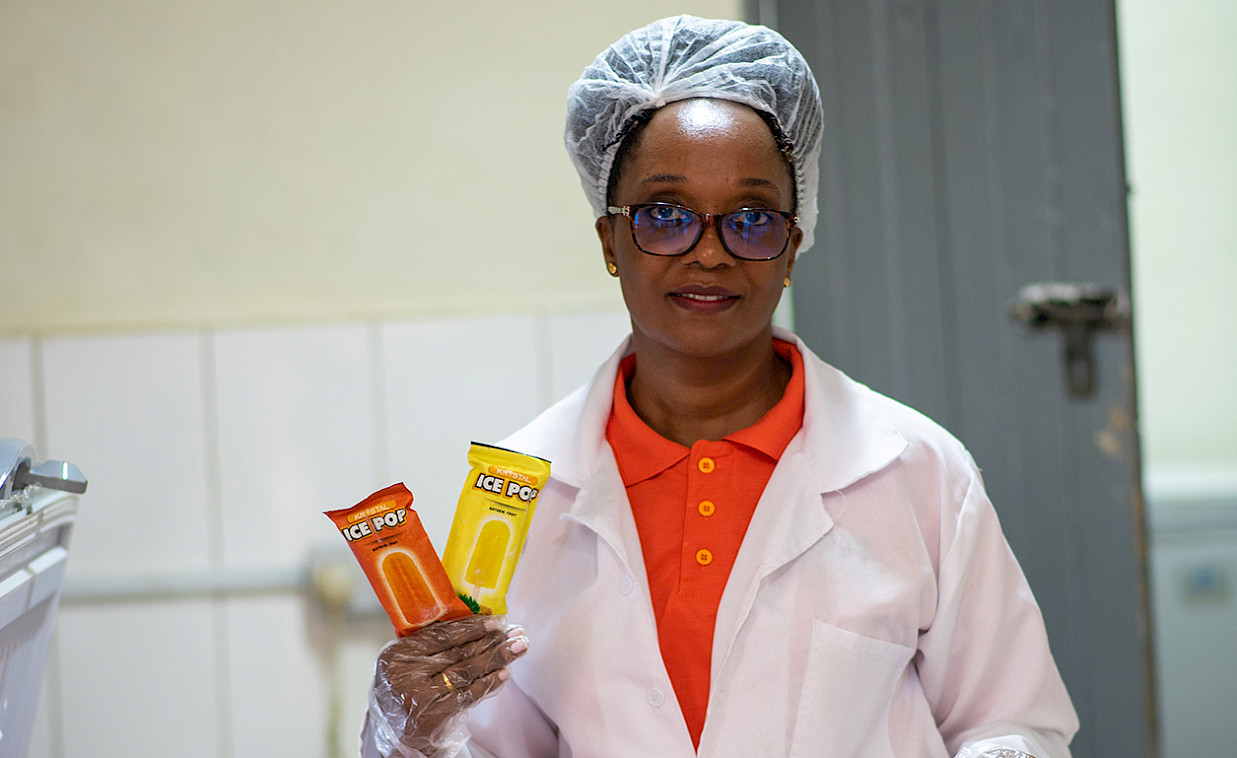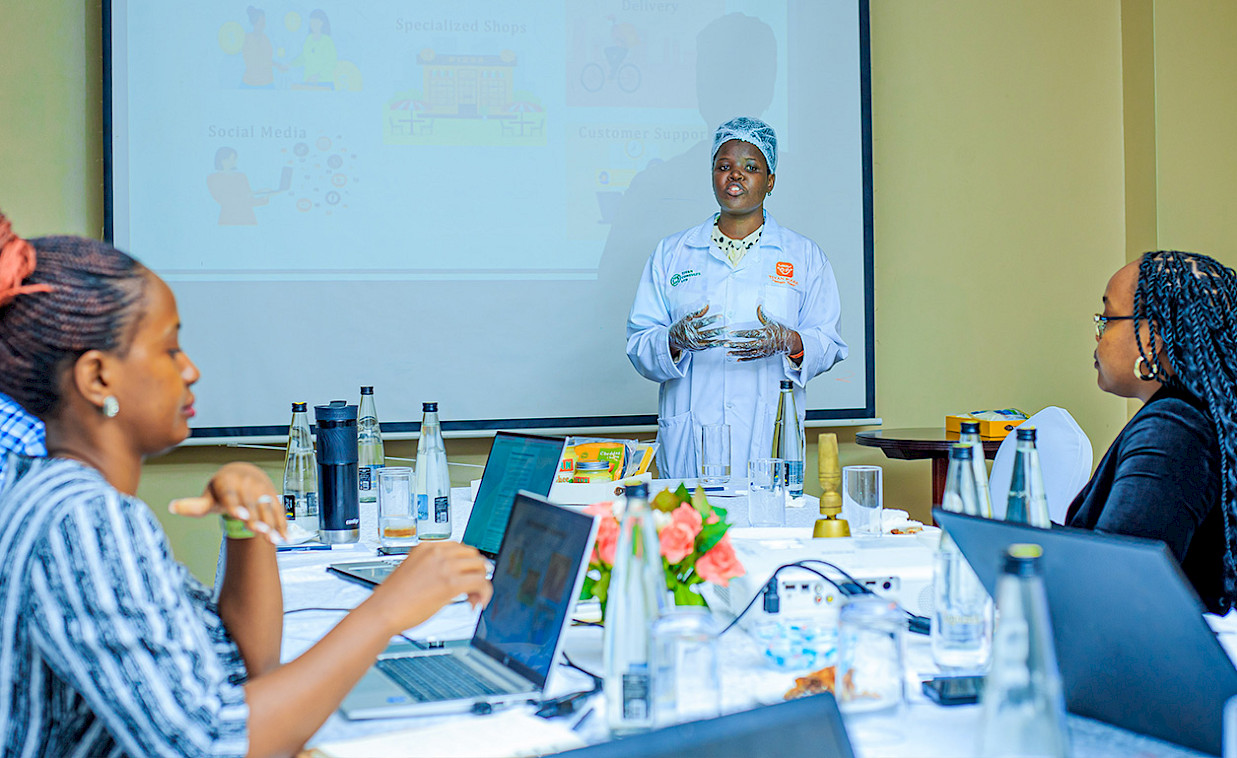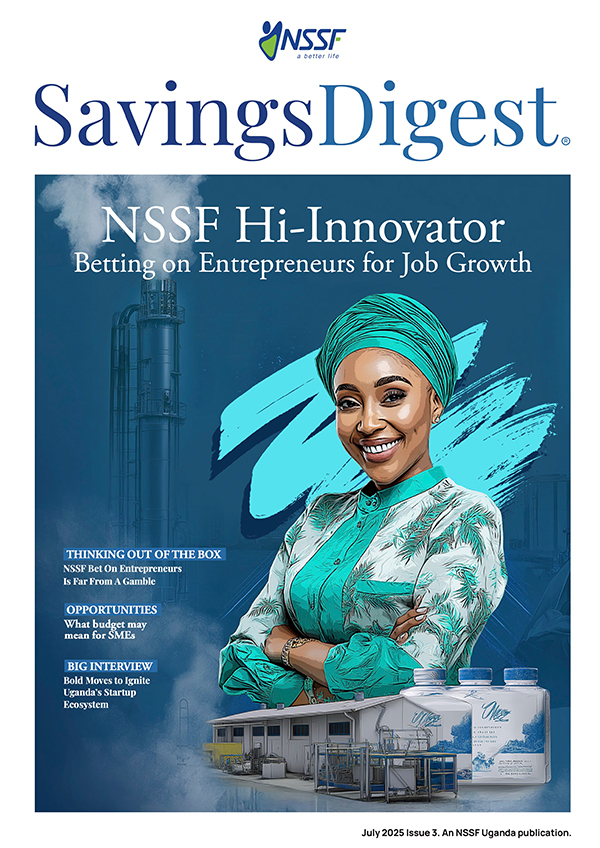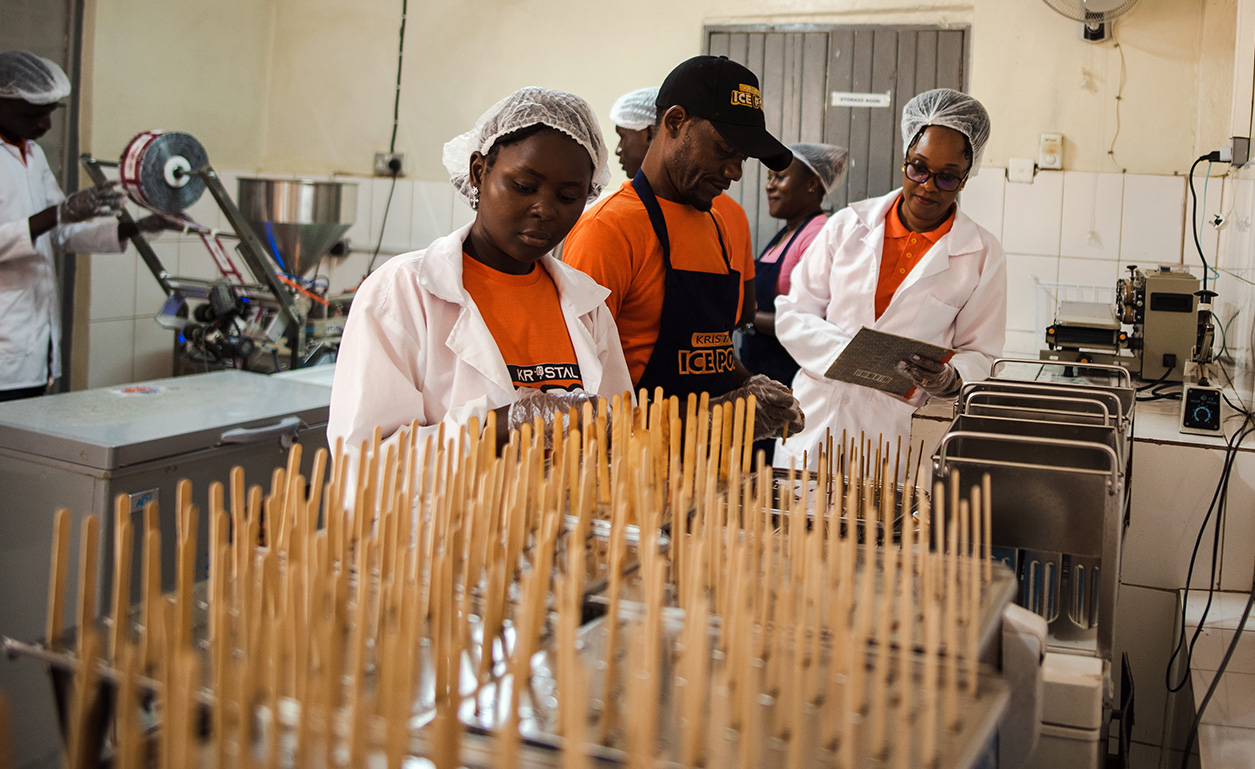NSSF Bet On Entrepreneurs Is Far From A Gamble
Monday, July 28 2025 5:26 pm
By Paul Busharizi Follow on LinkedIn
You would not expect to find a pension fund in the trenches of rural agribusiness or amongst the men and women who try and make ends meet in the digital gig economy. But that is exactly where you will find the National Social Security Fund (NSSF).
Through its Hi-Innovator programme, NSSF has quietly upended the traditional role of a social security fund. Instead of waiting for savers to find jobs and remit contributions, it has decided to create the very jobs and businesses that will feed into the system.
Bold? Certainly.
Necessary? Without a doubt.
This is the reality: with over 70% of Ugandans working in the informal sector and youth unemployment a ticking time bomb, the old playbook was not going to cut it. We needed something new, something that would turn our youthful population from a burden into an engine of growth. That is where Hi-Innovator finds its place.
Where Agriculture Meets Ambition
Let’s start with the soil. Agriculture has long been Uganda’s backbone—but for many, it has been a back-breaking job rather than a viable enterprise. Hi-Innovator seeks to change that.
From smallholder beekeepers in West Nile to coffee farmers in Mbale, agri-businesses supported by the programme have created more than 3,900 direct jobs. Many of them are for youth and women. Even more impressive, agribusinesses supported indirectly through the programme are estimated to have created over 148,000 jobs in the broader supply chain. That’s not charity. That’s transformation.
The seed funding has allowed businesses to buy equipment, improve packaging, get certified for export, and pay employees decent wages. Entrepreneurs who were once producing for the local market are now pursuing regional buyers.
Of course there are hiccups. Delayed payments from buyers, razor-thin margins, and the ever-present spectre of climate change still haunt these businesses. But what Hi-Innovator has done is de-risk the early stages—giving them the breathing room to professionalise.
It is not perfect, but it’s a start. And a very good one.

When Health Becomes a Business
In the health sector, Hi-Innovator has begun to seed a new kind of care—entrepreneurial, decentralised, and digital.
One start-up delivers essential medicines to rural clinics using a network of boda bodas and a GPS-enabled stock-tracking app. Another offers expectant mothers mobile vouchers for prenatal care, reducing the risk of childbirth complications in remote districts.
These are not grand hospitals or billion-dollar health tech platforms. They are lean locally owned businesses filling the cracks in our public system. And they are doing it with more empathy and efficiency than many state agencies.
But there is a caveat. Health is not just another sector—it is a public good. The line between access and exploitation can get blurry, especially when profits are in play. If Hi-Innovator wants to play in this space, and it should, it must do so with a clear eye on equity, not just efficiency.
The Factories of the Future
Uganda’s light manufacturing sector is often overlooked, but Hi-Innovator is giving it a much-needed boost.
One female-led soap business in Jinja used its seed-capital to upgrade from a 50-litre drum to a semi-automated mixer. Their monthly output? Up fivefold. Their staff? Up from four to 34, with half of them being young women.
These are not industrial parks. They are small workshops tucked behind shopfronts, run by people who have figured out how to turn craft into capital.
That said, scaling is tough. Electricity is expensive. Machinery is hard to import, plus, the market is flooded with cheap imports from Asia.
Still, the support structure is working. Entrepreneurs are learning how to price better, source smarter, and produce at scale. An opportunity exists to strengthen the approach by fostering deeper linkages to government incentives such as Buy Uganda, Build Uganda (BUBU), and by exploring avenues for accessing longer-term capital to support equipment investment.
Similar initiatives are being implemented in other countries with aligned objectives. In Rwanda, the national pension fund has backed local garment factories and agro-processing plants under a dedicated impact fund. Uganda could borrow a leaf here.

The Digital Edge
Then there’s the digital economy—the flashy side of entrepreneurship.
Hi-Innovator’s approach here is refreshingly grounded. Instead of funding yet another ride-hailing app, it is supporting digital bookkeeping tools for kiosks, inventory apps for agro-dealers, and vernacular games that teach budgeting to rural youth.
It is innovation with a rural accent. And it’s working.
The risk, of course, is scale. These products need mass adoption to be sustainable, but many of the entrepreneurs don’t have the marketing budgets, or the patience needed to push through Uganda’s fragmented digital landscape.
The foundations however are solid. With the right follow-on support (alumni networks, financing from traditional and non-traditional market players, partnerships with telcos), these micro-digital businesses could become serious players.
Malaysia’s pension fund, Kumpulan Wang Persaraan (KWAP), even set up a tech innovation hub to support exactly these kinds of ventures.
What Other Countries are Doing (and Why it Matters)
Lest we think Hi-Innovator is some fluke experiment in the Pearl of Africa, it is worth stepping back and seeing the broader pattern.
In Denmark, the ATP (Arbejdsmarkedets Tillægspension) fund—Europe’s fourth-largest pension scheme—has been actively investing in start-ups via Vækstfonden, a state-backed growth fund. Through blended finance and co-investment models, ATP supports early-stage ventures in green tech, health, and manufacturing. They are not afraid to make long bets if the innovation aligns with national priorities like sustainability and industrial competitiveness.
ATP’s logic? You secure pensions not just by investing in Wall Street, but by ensuring your national economy stays competitive and future-proof. It is the same logic behind Hi-Innovator.
In Canada, the Canada Pension Plan (CPP) created the Venture Capital Action Plan (VCAP), where public capital is used to unlock private VC funding for innovative Canadian start-ups. CPP does not invest in the start-ups directly but funds top-tier funds that do. This derisking strategy allows more capital to flow into tech and health innovation, creating jobs and anchoring global firms at home.
Uganda’s NSSF may be smaller—but the ambition of Hi-Innovator is cut from the same cloth; structure the pipeline; crowd in private capital; and build enterprises that employ, formalise, and contribute.
Closer to home, in South Africa, the Government Employees Pension Fund (GEPF) channels a portion of pension assets into the Isibaya Fund, managed by the Public Investment Corporation (PIC). Isibaya supports black-owned SMEs, rural infrastructure, renewable energy, and social enterprises. It is about economic transformation, not just financial return. With over R100 billion committed to impact investments, the GEPF is showing what is possible when a pension fund steps beyond the stock market.
NSSF’s Hi-Innovator may not have the scale of Isibaya yet, but it has something just as valuable—focus. Sector-specific. Youth-oriented. Locally grounded. It is building from the bottom up. It is not waiting for unicorns, but cultivating everyday entrepreneurs—from farmers in the dairy value chain in Western Uganda, to soap makers, and mobile health providers—who will build Uganda’s middle class.

Areas for growth
While Hi-Innovator holds great promise, it’s important to acknowledge that there are still areas for improvement.
1. One-size-fits-all funding
Tailoring funding to specific sectors could go a long way in increasing its overall impact. Take for instance, a soap manufacturer needs more capital than a digital bookkeeping app.
2. Post-program drop-off
The programme should consider a structured alumni initiative. Think mentorship, investor matching, and trade show access, or even a Hi-Innovator alumni fund.
3. Gender gaps
To further deepen the impact of the programme amongst women, Hi-Innovator should consider reaching out to women in regions like Karamoja and Busoga where female-led businesses are often stuck in the survivalist phase.
With the right execution, the Hi-Innovator has real potential to make a meaningful impact on Uganda’s economy.
If you are looking for where Uganda’s next wave of growth will come from, do not look to oil rigs or Chinese loans.
Look to the woman mixing soap in Jinja; the youth building a chilli export business in Gulu; and the midwife using an app to track expectant mothers in Rakai. Look also to a pension fund that had the audacity to bet on them. In the end, the best way to secure tomorrow’s pensions is to build today’s jobs.
That’s a gamble worth taking.







